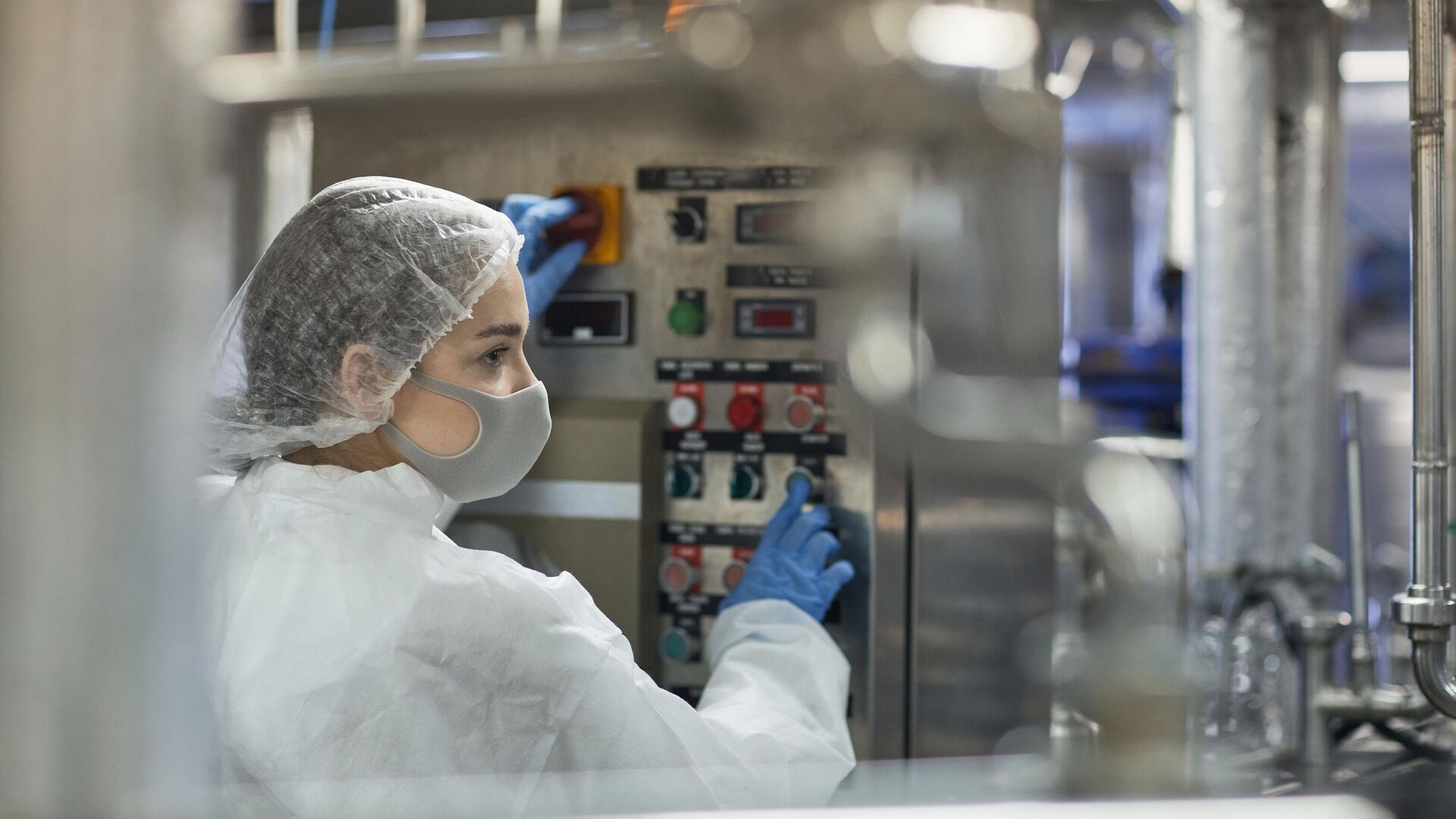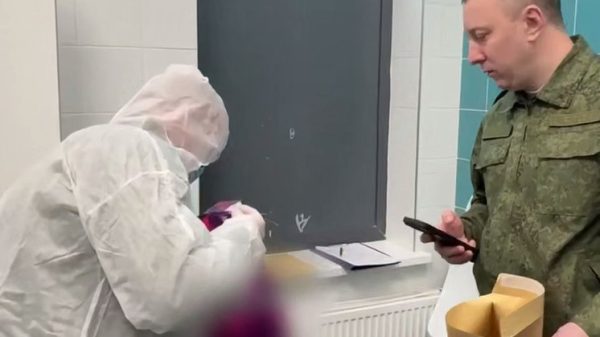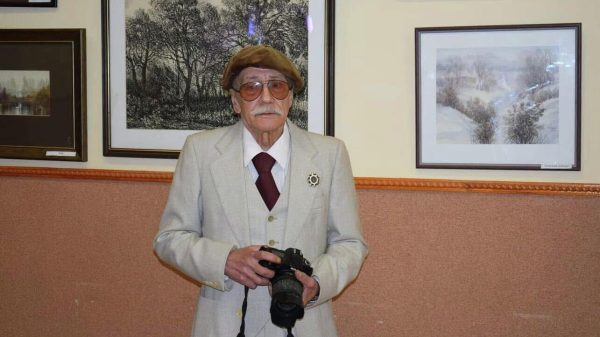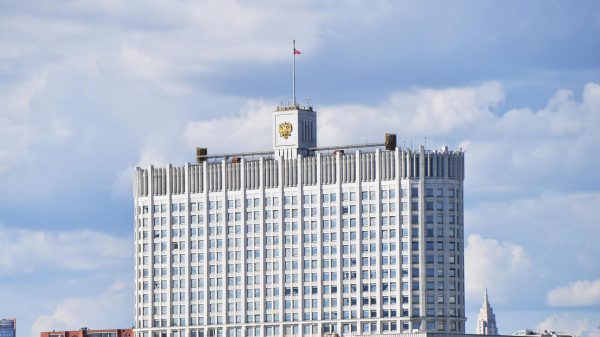
MOSCOW, December 4MIET scientists together with colleagues from the Institute of General Physics of the Russian Academy of Sciences have established how one of the stages of the ethylene epoxidation reaction occurs. In their opinion, this will improve the process of producing ethylene oxide, one of the most used substances in the chemical industry. The research results were published in the scientific journals The Journal of Physical Chemistry C and Physics of Wave Phenomena.
Ethylene epoxidation is one of the most important chemical reactions in manufacturing because it produces ethylene oxide, a versatile chemical intermediate that is now the 14th most produced organic chemical in the world. Ethylene oxide is necessary for the production of various types of plastic, rubber products and antiseptic compounds, said researchers from the National Research University «MIET» (MIET).
«
“The addition of chlorinated hydrocarbons to the reaction for producing ethylene oxide almost doubles the selectivity of the reaction, from 40–50% to 80–90%. Therefore, the task was to find out the mechanism of this reaction at the level of interaction of individual atoms and molecules in order to improve the process of industrial synthesis of ethylene oxide,” said Boris Loginov, head of the research laboratory for atomic modification and analysis of the surface of semiconductors at MIET.
MIET staff and the Center for Natural Science Research of the Institute of General Physics named after. A.M. Prokhorov of the Russian Academy of Sciences (GP RAS) for the first time discovered a series of two-dimensional phase transitions on single-crystalline faces of silver (110) and (111), as well as the reconstruction of the surface of silver Ag (110) upon interaction with molecular chlorine.
< br />This result was obtained, among other things, thanks to the creation of a low-temperature scanning tunneling microscope GPI CRYO of a unique design. It was developed by scientists from MIET, IOF RAS, the Joint Institute for Nuclear Research and the Institute of Radio Engineering and Electronics named after. V.A. Kotelnikov Russian Academy of Sciences.
“For the first time, it was possible to establish how chlorine modifies the surface of the silver catalyst used in the ethylene epoxidation reaction, and thereby come closer to establishing the nature of its active centers. The most important element of the microscope, which made it possible to achieve clear visualization of individual atoms and molecules, was the scanner developed at MIET,” – noted the head of the laboratory of surface physics of the department of atomic scale technologies of the Center for Natural Science Research of the Institute of General Physics named after. A.M. Prokhorov RAS Boris Andryushechkin.
In the future, the team of authors plans to conduct even more accurate experiments at temperatures below -268°C and obtain new information about the interaction and position of atoms on the surface at various stages of a chemical reaction.
MIET is a participant in the state support program for universities of the Russian Federation «Priority-2030» of the national project «Science and Universities».























































Свежие комментарии